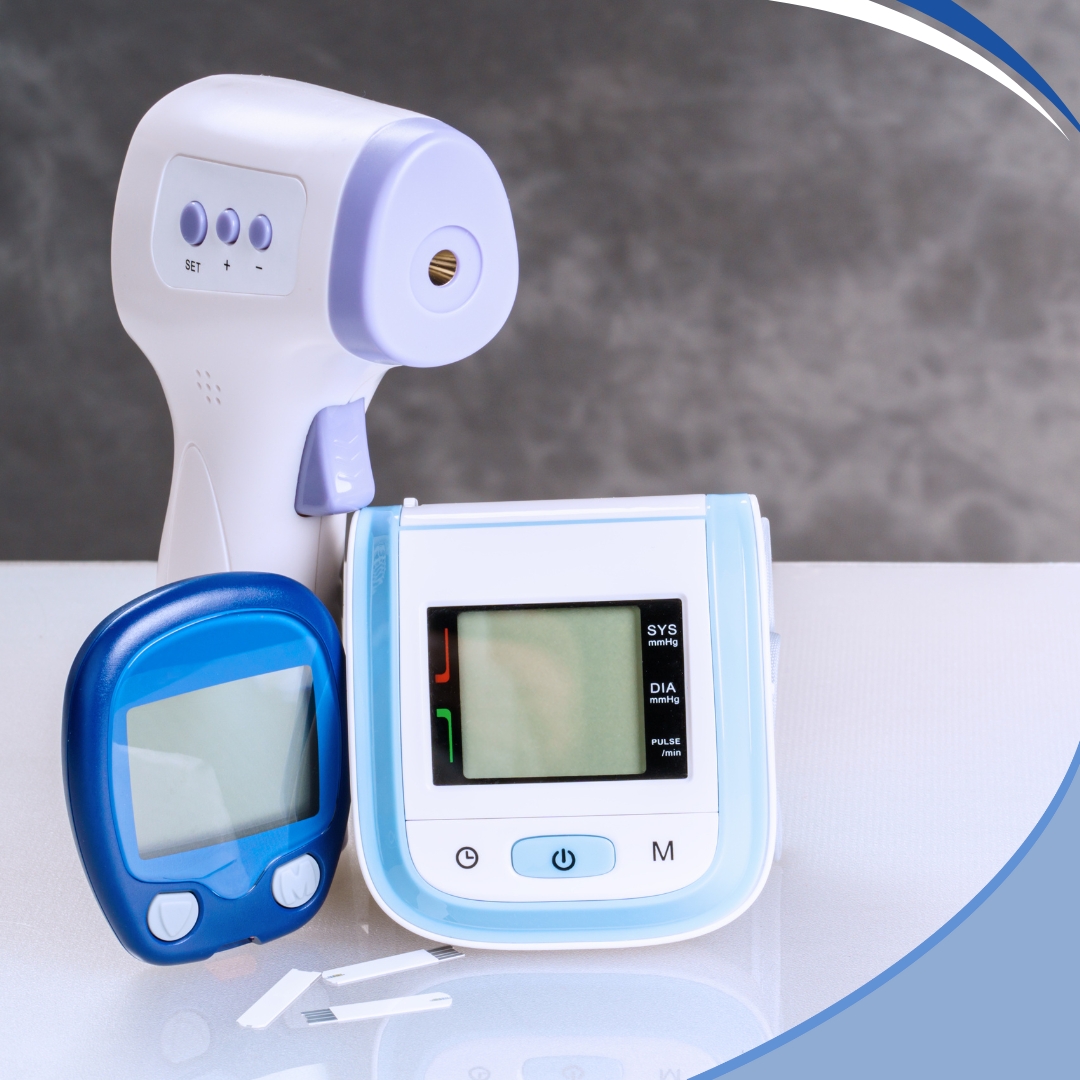The evolution of technology has always driven innovation in healthcare, but the arrival of 5G technology marks a major turning point. The integration of 5G-enabled medical devices is reshaping how doctors, hospitals, and patients connect and communicate. From remote surgeries to real-time health monitoring, 5G is enabling smarter, faster, and more efficient healthcare delivery across the globe.
With its ultra-fast data speeds, low latency, and massive connectivity, 5G technology is the backbone of the next generation of healthcare systems. Let’s explore how 5G-enabled medical devices are transforming the medical world.
What Are 5G-Enabled Medical Devices?
5G-enabled medical devices are healthcare tools, machines, or instruments that use 5G wireless technology to connect, communicate, and exchange data in real-time. These devices include wearable sensors, diagnostic machines, surgical robots, and remote monitoring tools designed to operate seamlessly on high-speed 5G networks.
Unlike traditional Wi-Fi or 4G connections, 5G networks offer:
- High bandwidth for large data transfers
- Ultra-low latency (less than 1 millisecond delay)
- Massive connectivity to support thousands of devices simultaneously
This allows healthcare providers to monitor patients remotely, share medical data instantly, and even perform complex surgeries with robotic precision.
How 5G-Enabled Medical Devices Are Transforming Healthcare
- Real-Time Remote Monitoring
With 5G-enabled medical devices, doctors can continuously monitor patients’ vital signs from anywhere in the world. Smart wearables and implants can transmit heart rate, glucose levels, blood pressure, and oxygen saturation in real time, allowing immediate action in case of irregularities.
For patients with chronic conditions, 5G devices reduce the need for hospital visits and enable early diagnosis and preventive care.
- Enhanced Telemedicine
Telemedicine has grown significantly in recent years, but 5G takes it to a whole new level. 5G-enabled medical devices allow doctors to conduct virtual consultations with real-time diagnostics. For example, a patient’s wearable ECG monitor can instantly share results during an online appointment, allowing accurate and immediate feedback.
- Remote Surgeries with Robotic Precision
One of the most exciting uses of 5G-enabled medical devices is in remote surgery. Surgeons can operate robotic instruments over a 5G network, thanks to the network’s ultra-low latency. This technology allows experienced surgeons to perform procedures in remote areas where access to specialists is limited, saving countless lives.
- Faster Data Transmission and Cloud Integration
Medical imaging tools such as MRI and CT scanners produce massive amounts of data. Uploading and analyzing this data over traditional networks can take hours. With 5G, 5G-enabled medical devices can transfer high-resolution images and patient data to cloud systems instantly, enabling faster diagnosis and treatment planning.
- Improved Emergency Response
Ambulances equipped with 5G-enabled medical devices can transmit live patient data to hospitals before arrival. Doctors can prepare necessary treatments or surgeries in advance, ensuring faster care upon patient arrival. Real-time video and diagnostic data help emergency teams make informed decisions on the go.
Benefits of 5G-Enabled Medical Devices
- Instant Data Sharing: Enables immediate data exchange between devices and healthcare professionals.
- Better Patient Outcomes: Real-time monitoring reduces complications through early detection.
- Reduced Hospital Visits: Patients can be monitored remotely, decreasing the need for physical consultations.
- Enhanced Efficiency: Automated systems powered by 5G streamline workflows.
- Accessibility: Expands healthcare access to rural and remote regions.
Challenges in Adopting 5G-Enabled Medical Devices
While the benefits are undeniable, adopting 5G-enabled medical devices also brings challenges:
- Data Security and Privacy: With constant data transmission, protecting patient information is crucial.
- Infrastructure Requirements: Many hospitals still lack 5G-ready infrastructure.
- Cost of Implementation: Integrating advanced 5G technology can be expensive initially.
- Regulatory Compliance: Medical devices must meet strict government and health authority standards.
However, as technology advances, these challenges are being addressed through better encryption, affordable devices, and government-backed digital healthcare initiatives.
Real-World Applications of 5G-Enabled Medical Devices
- Smart Wearables
Fitness trackers and medical-grade wearables now go beyond counting steps. With 5G, these devices send health metrics directly to doctors in real-time, helping detect diseases like arrhythmia or diabetes complications before they worsen.
- Connected Ambulances
Ambulances equipped with 5G-enabled medical devices can stream live patient vitals, video feeds, and scans to hospitals, preparing emergency teams in advance.
- Remote Diagnostic Tools
5G allows radiologists to access high-resolution imaging remotely, ensuring faster analysis and diagnosis.
- Robotic Surgery Systems
In 2019, the first 5G remote surgery was successfully performed in China. Such operations are becoming increasingly common as 5G-enabled medical devices evolve.
The Future of 5G in Healthcare
The future of 5G-enabled medical devices looks incredibly promising. As 5G networks expand globally, more hospitals, clinics, and patients will benefit from connected healthcare. Artificial intelligence (AI) and Internet of Things (IoT) integration with 5G will further automate diagnostics, enhance predictive analytics, and create personalized treatment plans.
By 2030, experts predict that nearly all healthcare systems will rely on 5G-enabled medical devices to deliver real-time, data-driven care — improving accuracy, accessibility, and affordability for everyone.
Conclusion
5G-enabled medical devices represent the next revolution in healthcare technology. They combine speed, connectivity, and intelligence to provide real-time data, remote treatment, and improved patient outcomes. While challenges remain, the advantages of this technology far outweigh the limitations.
As healthcare continues to evolve, 5G-enabled medical devices will play a central role in shaping a smarter, more connected, and patient-focused medical ecosystem — marking the dawn of a new era in digital health innovation.

